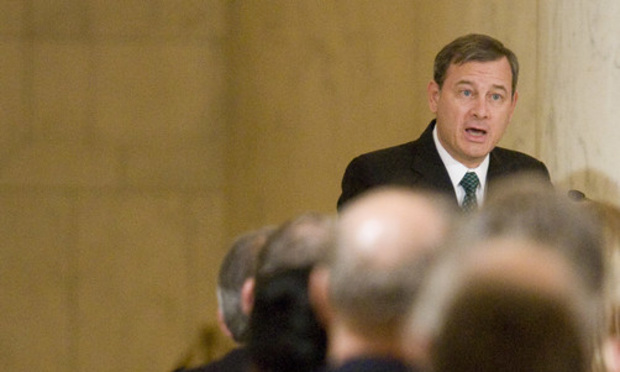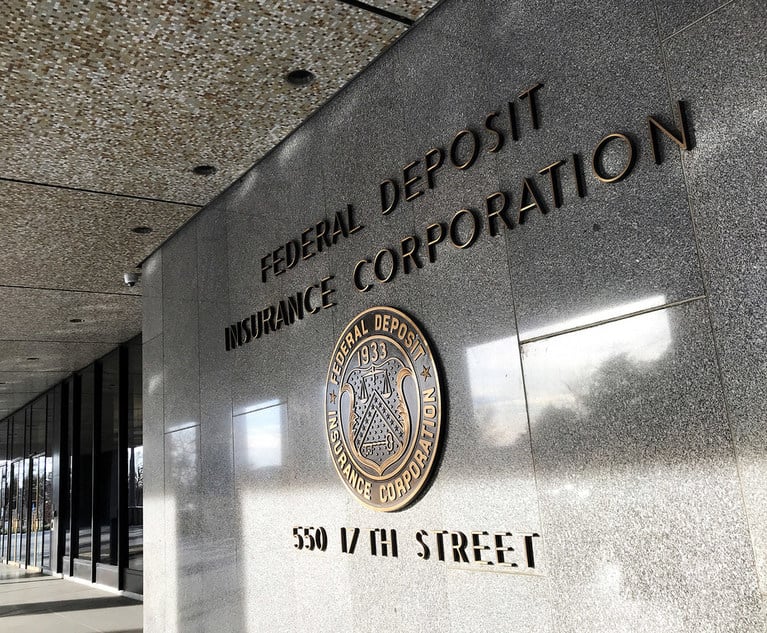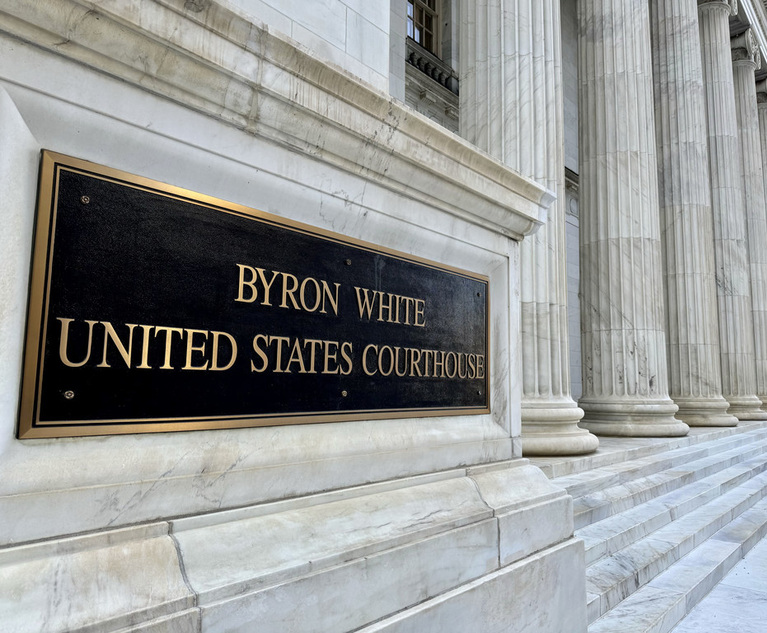The U.S. Supreme Court’s Wisconsin gerrymandering decision on Monday showed the fight for Justice Anthony Kennedy’s vote continues more than a decade after the justices last considered the lawfulness of excessive partisanship in redistricting maps.
Chief Justice John Roberts Jr., writing for a unanimous court in the case, Gill v. Whitford, stressed that the court was deciding only one threshold question: What must challengers to partisan gerrymanders prove to show they have standing to raise their claims? A second question—which the court did not reach—focused on whether the courts even have the authority to resolve the claims.
This content has been archived. It is available through our partners, LexisNexis® and Bloomberg Law.
To view this content, please continue to their sites.
Not a Lexis Subscriber?
Subscribe Now
Not a Bloomberg Law Subscriber?
Subscribe Now
LexisNexis® and Bloomberg Law are third party online distributors of the broad collection of current and archived versions of ALM's legal news publications. LexisNexis® and Bloomberg Law customers are able to access and use ALM's content, including content from the National Law Journal, The American Lawyer, Legaltech News, The New York Law Journal, and Corporate Counsel, as well as other sources of legal information.
For questions call 1-877-256-2472 or contact us at [email protected]


 Chief Justice John G. Roberts Jr. on Dec. 10, 2009. Photo by Diego M. Radzinschi/ALM
Chief Justice John G. Roberts Jr. on Dec. 10, 2009. Photo by Diego M. Radzinschi/ALM







